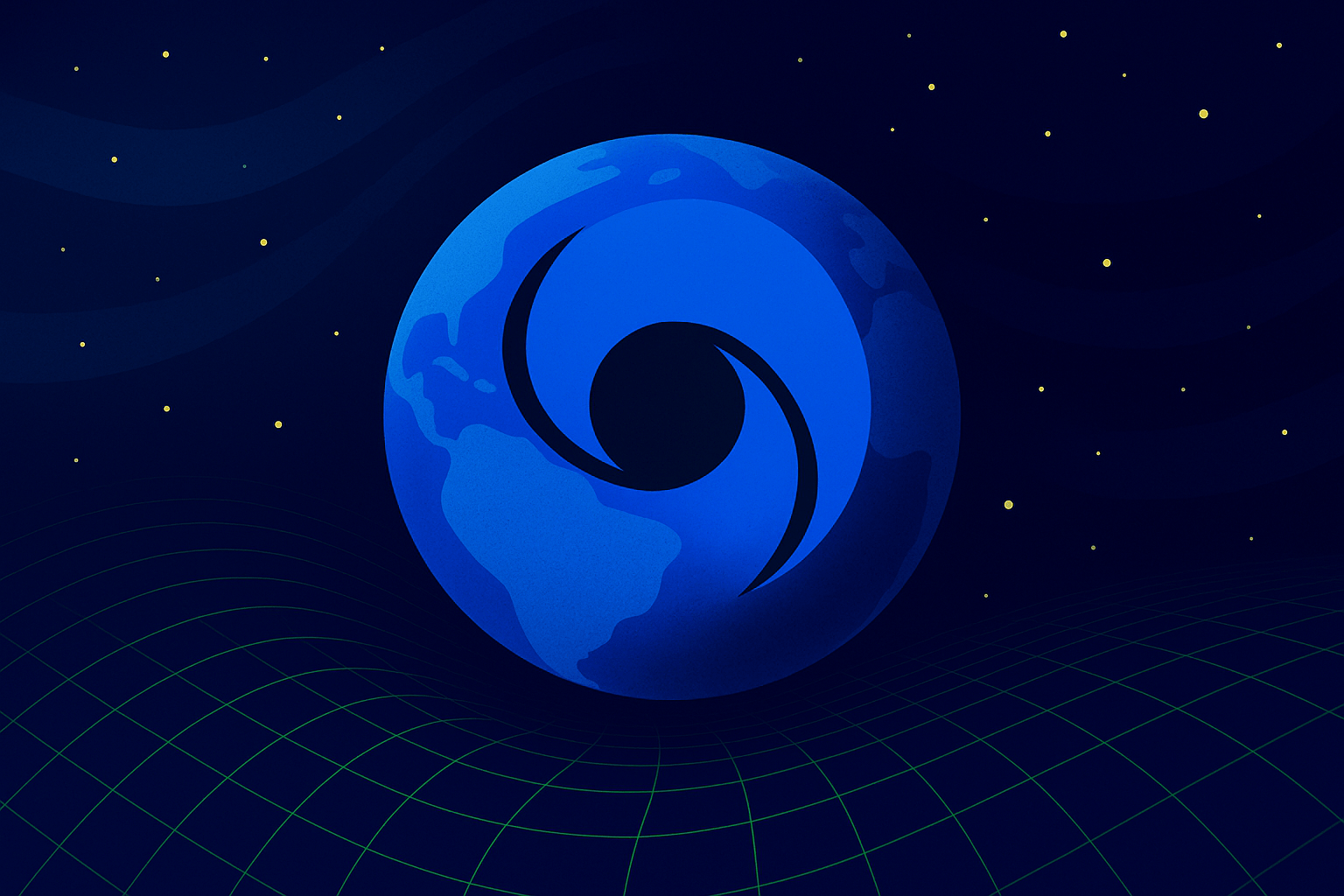Google Deepmind CEO Demis Hassabi says world models are making progress toward AGI

Key Points
- Demis Hassabis, CEO of Google Deepmind, views recent video models like Veo 3 as a major step forward because they not only capture visuals but also increasingly represent the physical laws of the real world.
- Hassabis explains that building world models has always been Deepmind's strategy on the path to general artificial intelligence (AGI), a goal he has pursued since his youth.
- Deepmind researchers Richard Sutton and David Silver have recently advocated for a paradigm shift: in the future, AI systems should learn from their own experiences in simulated environments rather than only imitating human data, with world models being the central technology.
Google Deepmind CEO Demis Hassabis says world models—AI systems that simulate the structure of the real world—are already making surprising progress toward general intelligence.
Hassabis pointed to Google's latest video model, Veo 3, as an example of systems that can capture the dynamics of physical reality. "It's kind of mindblowing how good Veo 3 is at modeling intuitive physics," he wrote, calling it a sign that these models are tapping into something deeper than just image generation.
For Hassabis, these kinds of AI models, also referred to as world models, provide insights into the "computational complexity of the world," allowing us to understand reality more deeply.
Like the human brain, he believes they do more than construct representations of reality; they capture "some of the real structure of the physical world 'out there.'" This aligns with what Hassabis calls his "ultimate quest": understanding the fundamental nature of reality.
World models as a founding idea and Deepmind strategy
Building world models has always been central to Deepmind's strategy for reaching artificial general intelligence, according to Hassabis.
"Building world models has always been the plan for GDM (Google Deepmind) to get to AGI," he wrote, an idea that dates back to his teenage years. At 17, he was already designing AI systems for simulation games like Theme Park, trying to model virtual environments as realistically as possible.
That early fascination eventually became part of Deepmind's founding vision: not just to build AIs that mimic language, but to create systems that can understand and act within the real world.
Another example of Google Deepmind's experimentation with world models is Genie, a project that transforms single images into interactive 3D game environments.
From imitation to experience
This focus on world models is also at the center of a recent paper by Deepmind researchers Richard Sutton and David Silver. They argue that AI needs to move away from relying on human-provided data and toward systems that learn by interacting with their environments.
Instead of hard-coding human intuition into algorithms, the authors propose agents that learn through trial and error—just like animals or people. The key is giving these agents internal world models: simulations they can use to predict outcomes, not just in language but through sensory and motor experiences. Reinforcement learning in realistic environments plays a critical role here.
Sutton, Silver, and Hassabis all see this shift as the start of a new era in AI, one where experience is foundational. World models, they argue, are the technology that will make that possible.
AI News Without the Hype – Curated by Humans
As a THE DECODER subscriber, you get ad-free reading, our weekly AI newsletter, the exclusive "AI Radar" Frontier Report 6× per year, access to comments, and our complete archive.
Subscribe now